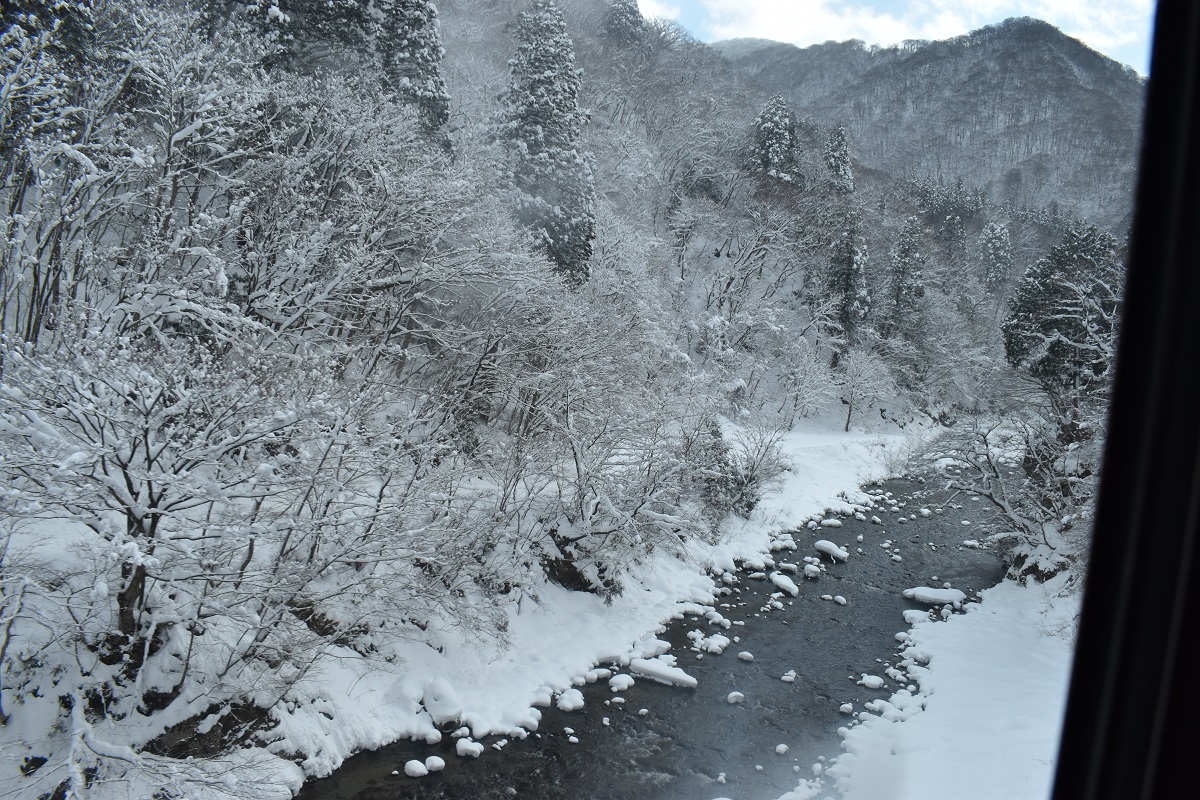
How many Japanese people can read the kanji “Obi”? This land was the site of a dispute between the Ito clan and the Shimazu clan, both of whom were officials dispatched from the Kamakura shogunate, but it is said that after the Toyotomi administration, the Ito clan took over the land. The Ito clan is said to have immigrated from Ito City, Shizuoka Prefecture during the Kamakura Shogunate era, and took the surname Ito, so it has a really long history. That’s why a commemorative tree (Cherry Blossom) was planted in Obi Castle by Mayor Ito.
It was the first in Kyushu to be selected as an Important Preservation District for Traditional Buildings by Agency for Cultural Affairs. The town layout from the early Edo period remains intact, and it is one of the Little Kyotos throughout the country. The beauty of the stonework of both Obi Castle and samurai residences is unparalleled in the world. What’s more, the techniques used are too maniacal, such as stacking them in a large curve or at an angle instead of stacking them straight. The nearly 500-year history gives the moss on the stone walls a wabi-sabi feel. I have never seen such beautiful stonework. Definitely worth seeing.
Also, the Obi cedars, which can often be seen inside Obi Castle, are beautiful as they grow straight through a carpet of moss. There is a wonderful cedar forest on the hill at the very back of the castle ruins. Because they contain oil inside and grows quickly, it is also light, so it was valued as a material for ships and construction.

There is a seated archery course near the tourist information center that was popular among samurai at the time, so be sure to give it a try. 8 arrows cost 500 yen. If you underestimate them because they are close, your arrows will have a hard time hitting the target. If you miss too many arrows, the person in charge will feel sorry for you and add a few more arrows. By the way, there is a black cat living at this archery range, and he appeared on the NHK program Iwago-san’s “Cat Walks,” and when I was struggling with my bow and arrow, he came and sat behind me quietly.
Detour
Miyazaki is the home of sweet potato shochu. Strangely enough, the alcohol content shipped outside the prefecture is the usual 25%, but the one distributed within the prefecture is as low as 20%. It is said that the technology for making shochu was brought to Miyazaki from Okinawa, and people who moved from Okinawa to Miyazaki after the world-war2 created moonshine with a low alcohol content, and it was legalized by setting a low alcohol tax on it. It is still distributed in Miyazaki Prefecture. There is a famous sake brewery in Nichinan City, and a dojo where young people can learn brewing techniques has opened.

















































































































































































































